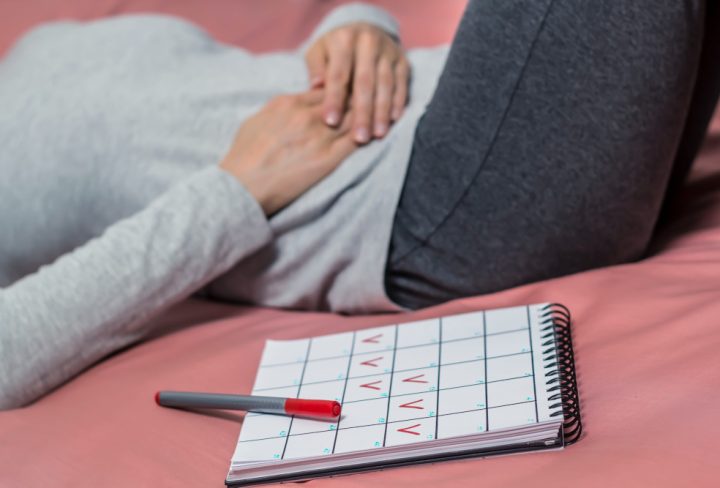What is premenstrual dysphoric disorder all about? It’s a severe form of PMS that causes intense emotional and physical symptoms. These premenstrual dysphoric disorder symptoms include mood swings, irritability, and physical discomforts like bloating or breast tenderness. Women experience these symptoms in the week or two before their period begins.
When it comes to premenstrual dysphoric disorder diagnosis, it’s crucial to track your symptoms. Women often use a mood diary or a symptom tracker to jot down feelings and physical changes over a few months. This helps both in self-assessment and in discussions with healthcare providers.
Understanding the difference between premenstrual dysphoric disorder vs PMS is vital. PMS might make you feel a bit off, but PMDD can disrupt your daily life. With PMDD, emotional symptoms such as anxiety and depression are much more intense compared to PMS, affecting mental health significantly.
The impact on mental health can be profound. PMDD can worsen anxiety and depression, making everyday tasks feel overwhelming. Understanding these impacts is essential for recognizing the importance of mental well-being while managing PMDD. If anyone feels the symptoms of anxiety or depression, seeking help is important. Remember, getting help can make a big difference in your overall well-being.
Causes and Holistic Approaches to PMDD Management
The causes of PMDD are often linked to hormonal and genetic factors. Hormones such as estrogen and progesterone fluctuate, contributing to symptoms. Genetic predisposition can also play a role, meaning it might run in some families. Lifestyle factors like stress and diet can also intensify premenstrual dysphoric disorder symptoms.
Looking at holistic remedies for PMDD, options like Ayurveda, yoga, and meditation are popular. These approaches focus on balancing the mind and body through natural means. Unlike conventional medications, these holistic methods aim to provide lasting relief without side effects.
When considering the best diet for PMDD, a focus on whole foods is essential. Nutrient-rich foods like leafy greens, whole grains, and lean proteins can alleviate symptoms. Here’s a simple list:
- Leafy greens like spinach and kale.
- Whole grains including quinoa and brown rice.
- Lean proteins such as chicken and beans.
Traditional Indian recipes that incorporate these foods can be especially beneficial. Turmeric and ginger are notable ingredients that offer anti-inflammatory effects.
Culturally, Indian women may face barriers in seeking treatment due to stigmas around menstruation. Community support is critical. Encouraging open conversations can reduce these limitations, allowing women to access the help they need.
Innovations in PMDD Treatment: Medication, Research, and Support
When considering premenstrual dysphoric disorder treatment, conventional methods often include antidepressants or hormonal therapies. Common premenstrual dysphoric disorder medication like SSRIs can manage emotional symptoms effectively. Hormone therapy helps balance hormonal fluctuations but might not be suitable for everyone.
Recent research is paving the way for new PMDD treatments. Ongoing studies focus on understanding how hormones interact with mood and exploring new medication options. In India, research initiatives aim to address specific cultural needs, refining treatment options for diverse populations.
Connecting with support networks can be empowering. Community groups provide a platform for sharing experiences and solutions. Participation in such groups can offer emotional support and practical advice, helping to manage PMDD more effectively.
Treatment costs and accessibility vary widely. Some women find holistic approaches more accessible, while others rely on medication covered by insurance. Here are some points to consider:
- Medication costs: Depending on insurance, medication might be affordable for some.
- Holistic treatments: Typically more affordable and accessible, though often not covered by insurance.
- Community support: Usually free and readily available, providing invaluable emotional aid.
By weighing these options, women can make informed decisions that best suit their lifestyles and budgets.
In conclusion, what is premenstrual dysphoric disorder should not remain a mystery. Understanding symptoms, seeking a proper premenstrual dysphoric disorder diagnosis, and finding effective treatment options can lead to better management of this challenging disorder. Embracing both conventional and holistic remedies for PMDD, along with community support, can make a world of difference. Remember, prioritizing mental health and seeking help when needed can improve your quality of life significantly.


